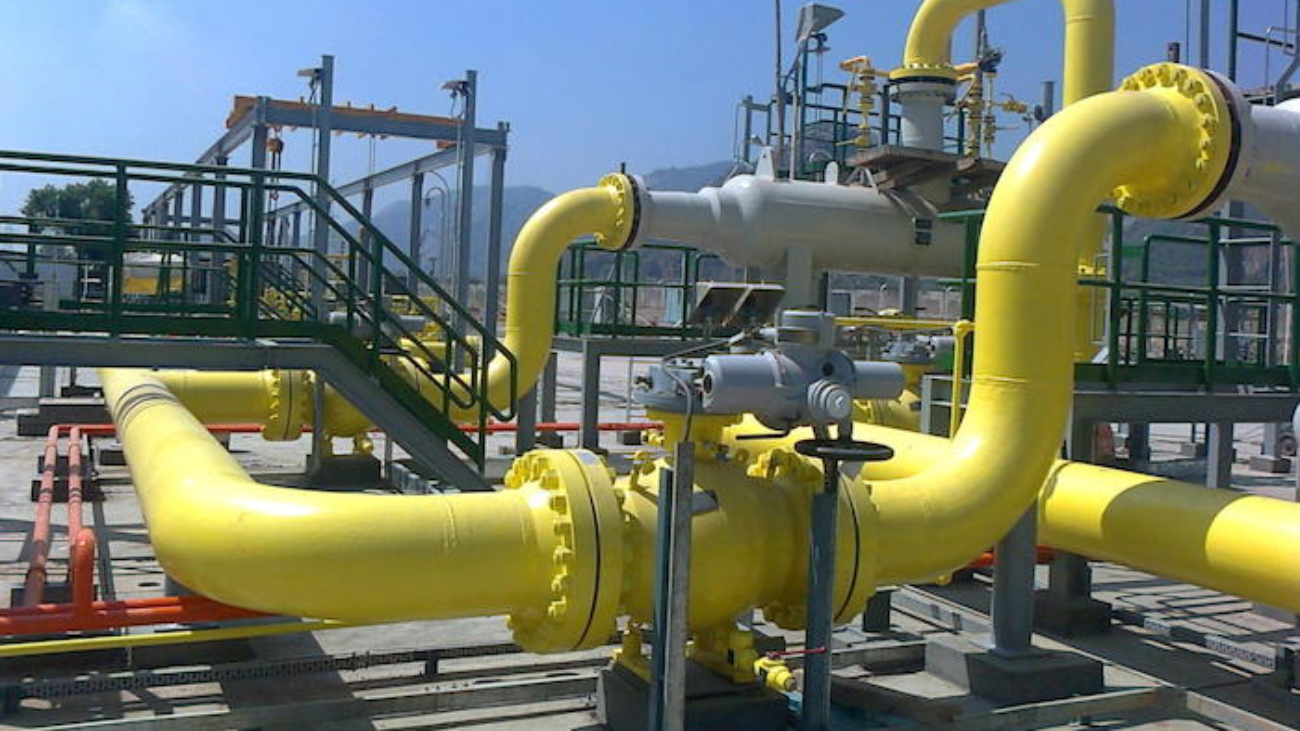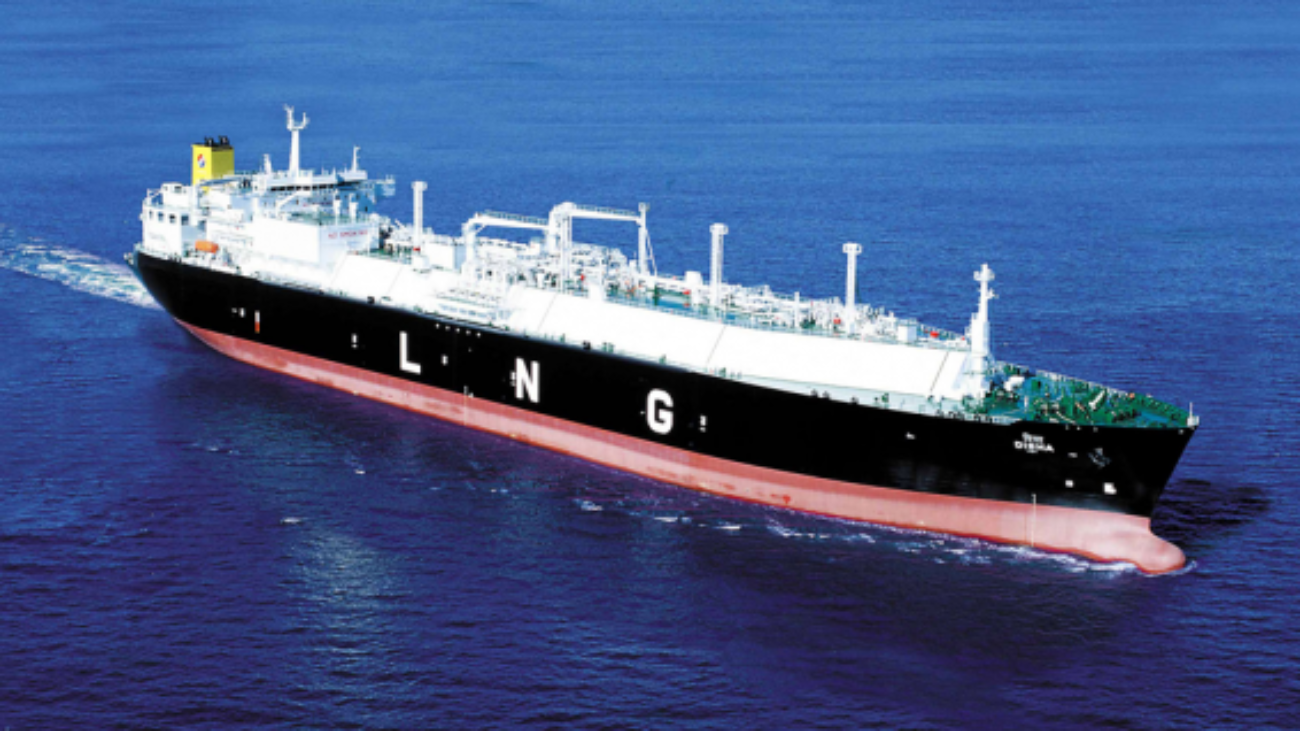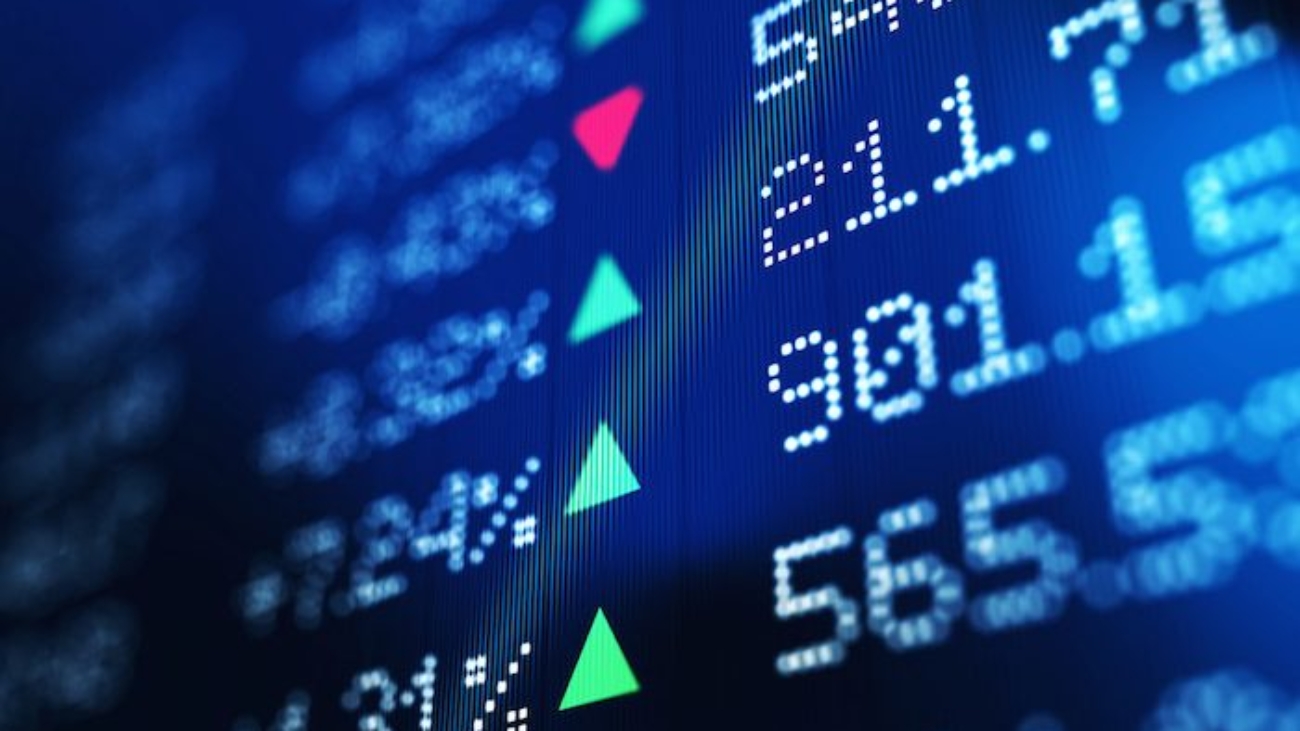The Federal Government of Nigeria is stepping up funding for important gas projects to promote the use of local commodities, opening up investment opportunities for pipeline construction, new industrial gas corridors and electricity projects. I am.
With increasing production from natural gas producers in a nearly bearish global market, the global reality of driving energy shifts to cleaner fuels could unleash Nigeria’s potential for gas for domestic use. It has become indispensable. In Nigeria, only 9 percent of the natural gas produced is used.
READ ALSO: e-Commerce: Call to rescue SMEs’ Data Genocide
“We need a revolution in our energy system,” said Timipre Silva, Minister of Petroleum Resources, in a speech at the Nigerian Gas Association’s (NGA) multi-logue, which was virtually organized on February 25 and 26. I believe. “
“And in that context, an important decision and new impact we can make now is to continue to expand the role and opportunities of natural gas for economic recovery,” Silva said.
According to Silva, the government’s perception that gas will continue to play an important role in economic development has led to the creation of a program to “grow the gas economy through the development of industrial and transport gas markets in a gas-to-electric juxtaposition.” It was. Initiative. “
As a result, the government has mandated the Nigerian National Petroleum Authority (NNPC) to increase its domestic gas usage from approximately 3 billion cubic feet (BCF) to 4.5 BCF, and has identified several projects to drive this result. ..
Mele Kyari, Group Managing Director of NNPC, said in a presentation at the event that the major projects to unlock 4.5 BCF gas for local use were the OB-3 pipeline (AKK pipeline) and Assa North. (Brass petrochemicals), stated through a representative. Especially ELP.
The $ 3.2 billion 40-inch x 614 km Ajaokuta-Kaduna-Kano (AKK) gas pipeline project, which is part of the Trans-Nigeria Gas Pipeline (TNGP), will move 2.2 billion cubic feet of gas per day from Kogi when completed. And you can cross Abuja. , Nigeria, Kaduna, Kano.
They are few, but the industry along this corridor has enough gas to drive growth. However, because the pipeline traverses a large, ungoverned region of Nigeria’s unstable northern region, there is an increased risk of pipeline instability.
The Obiafu-Obrikom-Oben gas pipeline, also known as the OB3 pipeline or East-West pipeline, is a natural gas pipeline that extends from the Obiafu-Obrikom gas plant in Delta to the Oben node in Edo.
The 48-inch, 127 km gas pipeline presents challenges, the latest being the original construction contractor, and Nestoil is technically unable to run the pipeline across the Niger River. The Chinese company China Petroleum Pipeline Engineering Corporation handles this and expects a completion date for the first quarter.
It is planned to supply gas projects in Asa North-Ohaji South, ANOH, one of the largest greenfield gas condensate development projects billed to produce 600 million standard cubic feet of gas per day. ..
If the project is successful, we will provide an alternative link to southwestern Nigeria whenever the critical Esclavos Lagos pipeline system fails.
Brass Fertilizer and Petrochemical Company Limited (BFPCL) is another high priority project. There are two trains producing 5,000 tonnes / day (MTPD) of methanol and 500 million standard cubic feet / day (MMscf / d) gas treatment to extract condensate from natural gas before supplying the remaining lean gas. Includes plant. Methanol plant.
It also includes gas manifolds and pipelines to connect gas processing plants to gas fields and export facilities.
“We are aiming to set up two gas hubs, one in Oven and the other in Brass,” said the NNPC boss.
The NNPC boss further said the gas hub “will make an announcement about gas prices, creating a situation where the industry will begin to mention gas prices in Nigeria.”
Other projects, such as Shell-led AssaNorth and the AssaNorthGas processing company that approved $ 650 million in funding, are also important projects.
“All projections show that 60-70% of the gas that forms the basis of 4.5 BCF comes from electricity. Therefore, broken power lines so that you can make money from your investment in gas. It needs to be repaired and improved downstream collection, “said NNPC.
To this end, the state-owned oil company is considering establishing an additional 5,000 mw of electricity in its network and is currently working with stakeholders to resolve the issue so that the investment can be realized. Said.
However, operators say gas pricing remains controversial. “Our investment has affordable gas prices. We need a price that works,” said Roger Brown, CEO of indigenous oil company Seplat.
Osagie Okunbor, managing director of SPDC and country chair of Nigeria’s Shell Companies (SCiN), said Nigeria’s regulatory approach to gas should not focus too much on renting like oil. He warned that a spurring financial and regulatory environment should be created. Investing in gas projects has a beneficial effect on the economy.
SOURCE: BUSINESS DAY





